The SaGa series may be seeing two releases in North America sometime between 2019 and 2020, but I am not known for my patience. Why not stave off the urge to get into that universe with the series’ very own mobile gacha game?
Following in the JRPG genre’s current edgy naming trend, Romancing SaGa: Re;Universe is the current SaGa gacha game on mobile and as with the actual series, it does things its own way.
At the time of writing, I’ve been playing Re;Universe for over a month with the help of my own trusty Japanese knowledge and two Japanese community wikis.
We’ll go over how you might be able to play the game yourself in this article, but the main focus here is twofold:
- Looking at how you grow your characters in the game to give you a look into one of Square Enix’s more recent mobile games
- And to aid those who want to take the plunge and play Re;Universe despite the linguistic hurdles
Hopefully, you don’t have too much trouble wrapping your head around the game’s systems as they’re laid out here.
Styles, Not Characters
This was all prefaced with a single fact in mind: this is a gacha game, which means you spend premium currency to pull new characters. In Romancing SaGa: Re;Universe, the small twist is that you pull character styles instead of the characters themselves.
Like a traditional SaGa game, your stats here are gained at random based on a character’s BR (battle rank) compared to an enemy’s BR. If you fight an enemy of similar or higher BR, you may get stats. If you fight an enemy of lower BR, you probably won’t get any stats.
Anyone familiar with gacha games is familiar with characters having different rarities. That’s present here, but characters of lower rarity styles are still of use.
I’ll use Rouge from SaGa Frontier as an example, in all three of his current styles.
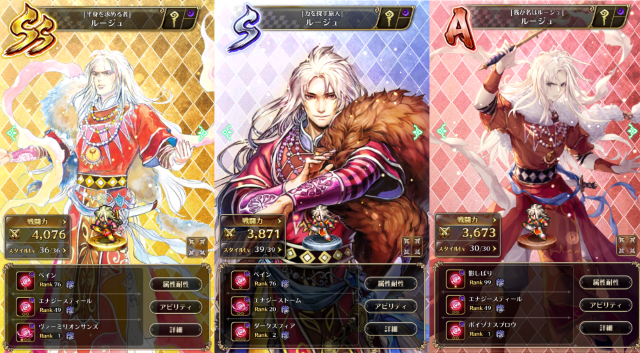
SS Rouge is a rare drop from a battle, S Rouge is an event reward, and A Rouge is a relatively common gacha pull. You may assume that shiny SS is definitely the best, but notice the BR between SS and S isn’t that far apart, a little more than a 200-point difference.
Each of these Styles has a different skill set, different stat bonuses, and different stat growth.
In the images below, the blue arrows next to a stat indicate its growth chance. One arrow for a slightly higher chance to gain that stat, two arrows for a much higher chance.
SS Rouge excels at surviving via his Energy Steal skill and passive ability that gives him a chance to heal when attacking. He also has a higher chance of gaining Vitality and Agility as stats.
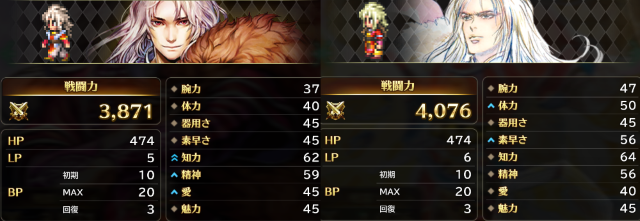 S on the left, SS on the right.
S on the left, SS on the right.
Meanwhile, S Rouge (both Style stat pages shown above) has a higher focus on damage with his Energy Storm and Dark Sphere skills, and excellent Intelligence growth with increased Spirit (MDEF) and Love (healing) gains.
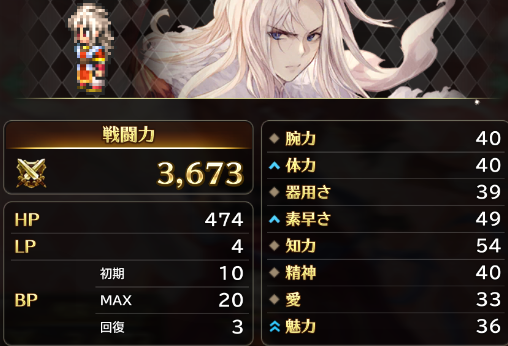
A rarity Rouge’s skillset has Energy Steal from SS and Poison Blow from S, but has his own skill Shadow Strike. He has extra Vitality and Agility gains as well as excellent Charisma (incoming healing). However, his stat bonuses are just okay.
These Styles’ BR isn’t so close because I just happened to stat grind all of them — they actually share the same stats because they’re technically all the same character; it’s just each Style has its own Style Bonuses.
In the image below, the top is the character’s stats (not the Style stats) and the bottom is their Style Bonus.
What this equates to in play is this: you use the Style with stat growth you want (in Rouge’s case, S rarity for Intelligence) to grind stages for stats, and use the style that melds more with your main party for harder stages.
In my case, that means I grind with S Rouge for the Intelligence growth and do Pyrohydra or new stages with SS Rouge since my main party only has one healer.
The Style =/= character system makes it beneficial to stat up Styles of characters you currently have, that you want to hopefully obtain down the line.
If you’ve statted someone up on a lower Style for a character before you get the Style of theirs you want, those gained stats still apply. The Style Bonuses are what you’ll have to focus on getting up, which we’ll talk about in a bit.
Skill Inheritance
Romancing SaGa: Re;Universe also allows for easy skill inheritance on a party to party basis. A character can inherit one skill per party.
If a character has a skill in another Style, they can inherit it. The only requirement is that the Style with the skill has learned it. Just to note very quickly:
- Physical skills are learned mid-combat via using skills of the same type (Blunt, Piercing, Burning, Freezing, etc.)
- Spells are learned after a battle is completed and don’t seem reliant on in-combat spell usage (Don’t quote me on that)
- Skills of higher efficiencies (from E to SS in efficiency) take a longer time to learn; the higher the efficiency, the more damage a skill can do
Just to relate this to Rouge above, I almost always bring A Rouge’s Shadow Strike on both S and SS Rouge because of its high chance to paralyze. However, I sometimes need more AoE or burst damage, so I’ll bring Vermillion Sands (SS), Energy Steal (SS), Energy Storm (S), or Dark Sphere (S) instead. It really depends on the situation and the Style I’m using.
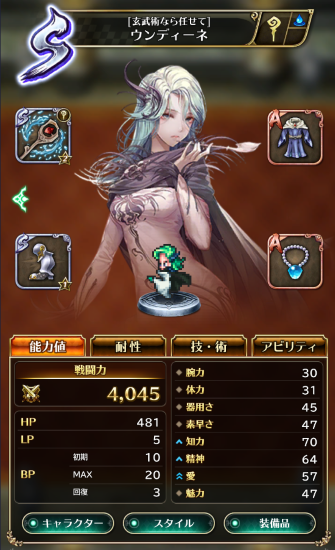 Skill inheritance is a big part of what makes lower rank Styles useful, as often lower rank Styles for a character have skills that are either high efficiency (damage) or just useful.
Skill inheritance is a big part of what makes lower rank Styles useful, as often lower rank Styles for a character have skills that are either high efficiency (damage) or just useful.
As another example, my primary party’s healer is S Undine, who is technically an offensive caster. Her relevant stats are similar to most SS Styles.
Undine A Style is a support with Life Water, so S Undine has inherited Life Water in my main party and functions as a healer and damage dealer.
With this in mind, you can drastically alter a character’s uses in battle through skill inheritance.
This feature is one of my favorites of the game after bouncing around various gacha offerings over the years. It’s so easy to transfer skills and some have such useful effects like status effects, enemy stat reduction, and pure high damage, giving you another field of customization early in the game.
Style Level
Each Style has a Style Level, which is the only direct form of character “leveling” you have at your disposal. Sure, you grind for stats, but you also grind for EXP to put towards a Style’s Level.
Each Style can get to Level 30 by default, and you can raise that cap up to 50 using relevant Puzzle Pieces.
Style Level has two direct effects:
- Flat stat bonuses for reaching certain levels
- An increase to stat bonuses when within that Style
You can see exactly how this affects stats in the section above highlighting the three Rouge styles: A Rouge’s bonuses are lower than S’ bonuses, and S’ bonuses are lower than SS’.
You can get Style EXP from both combat and from sending your characters on Expeditions, from which they’ll gain stats, EXP, and sometimes items. Expeditions can last from two to 24 hours, and you can have multiple Expeditions running at a time.
Notice I say “character” and not “Style” above. You can’t have multiple Styles of a single character on multiple Expeditions at once. However, characters on Expeditions are still able to participate in combat in your party as if they were not really gone at all.
Style Level has no bearing on a character’s ability to gain stats from fighting enemies of a similar BR. You can take a single character into stages at Style Level 10 or Level 50, and their chances of gaining stats don’t change.
All Style Level effects are a character’s stats within that Style, based off their Style Bonuses.
How to Increase Style Level & Its Cap
At the end of a battle, each of your characters receives EXP that you can put towards its Style Level. Pretty standard.
You have to manually apply that XP to your Style Level in the Dojo.
I just raised my SS Blue’s maximum level via Puzzle Pieces, so here they are getting a Style Level. This is the basic process when pushing someone past the Style Level 30 mark.
You do not need Puzzle Pieces before a Style hits Level 30.
The end result is SS Blue with slightly better Style Bonuses.
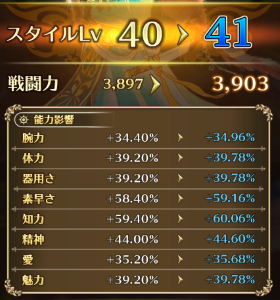
Individually, the bonuses are small but add up over several levels.
Puzzle Pieces
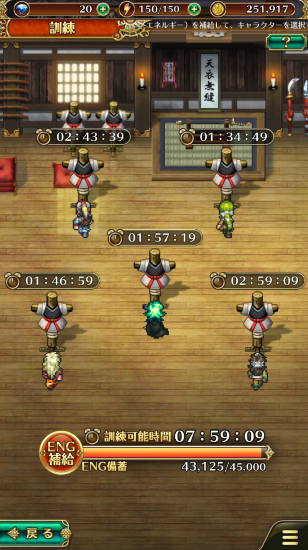 Puzzle Pieces come in two flavors: Generic and specific.
Puzzle Pieces come in two flavors: Generic and specific.
Generic Puzzle Pieces can be used with any character of the piece’s rank. Specific pieces are for an individual Style and can be auto-farmed in the Dojo.
It takes SS Styles five hours to train up one of their own piece, and it takes S Styles three hours.
Every so often you have to leave offerings (which cost Olem, the standard currency) to keep them training.
Generally, you should leave offerings two or three times a day to keep Puzzle Pieces coming in as the cost for increasing Style Levels gets to be 20+ Puzzle Pieces after Style Level 40.
How to Get in on Romancing SaGa: Re;Universe
There are a million things to go over in this game.
Since I didn’t actually translate anything, and you very likely can’t read Japanese, there is a way you can play this game in semi-English.
How to download the game
You can find Romancing SaGa: Re;Universe on Qoo-App. You can download Qoo-App via browser either on your mobile device or on your computer, and from there you can download the game using the page link above.
I’ve been using Qoo-App for a few years and can attest it’s safe.
How to play in English (sort of)
In case you’re out of the loop, Android emulator Bluestacks 4 actually has a translation overlay function. My husband uses it to play Re;Universe, it gets the job done, though the translations are less than stellar.
You won’t understand the plot, but you can at least make some sense of the UI.
 Paris = Parry; also Albert is a monster.
Paris = Parry; also Albert is a monster.
If you do decide to play, I’d say to use this Japanese wiki to reference Styles and get general information on most aspects of the game. Google Translate does a decent job of dealing with this site a page-by-page basis, so you shouldn’t have too much trouble.
Feel free to leave any questions you may have about Re;Universe in the comments and I will do my best to answer them. Hopefully I’ve piqued your interest more than Square Enix has interest in localizing this title.
[R;U is in English. Hot potatoes! I hope everyone is enjoying the game as much as I have after all this time. I recently posted a sort of guide going over who I feel are the best styles in the launch line up. Welcome to SaGa, for many of you gachage players! To a successful global launch!]

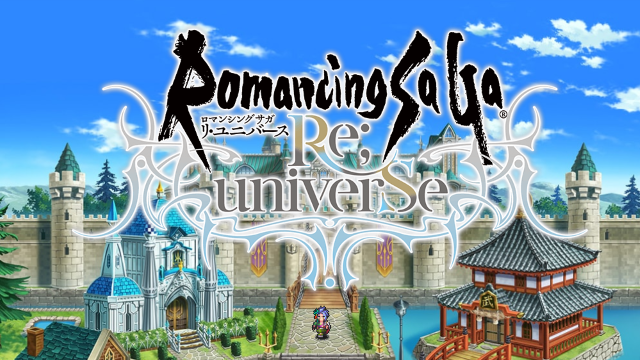
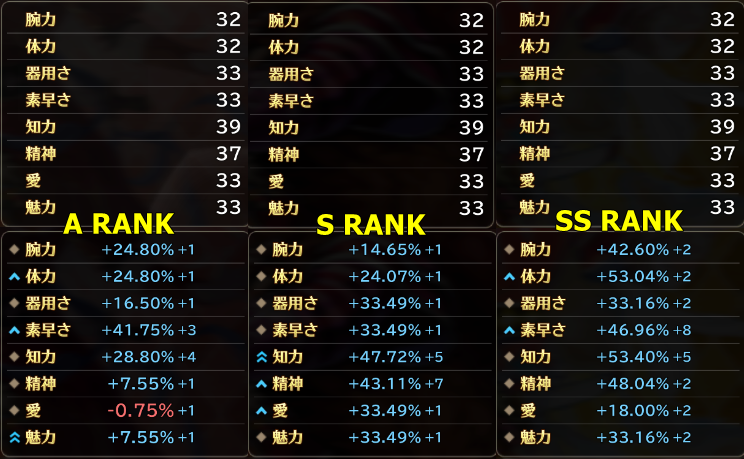
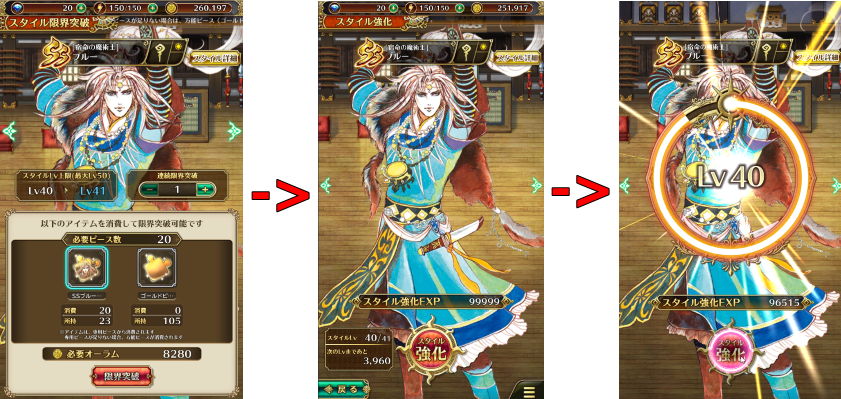
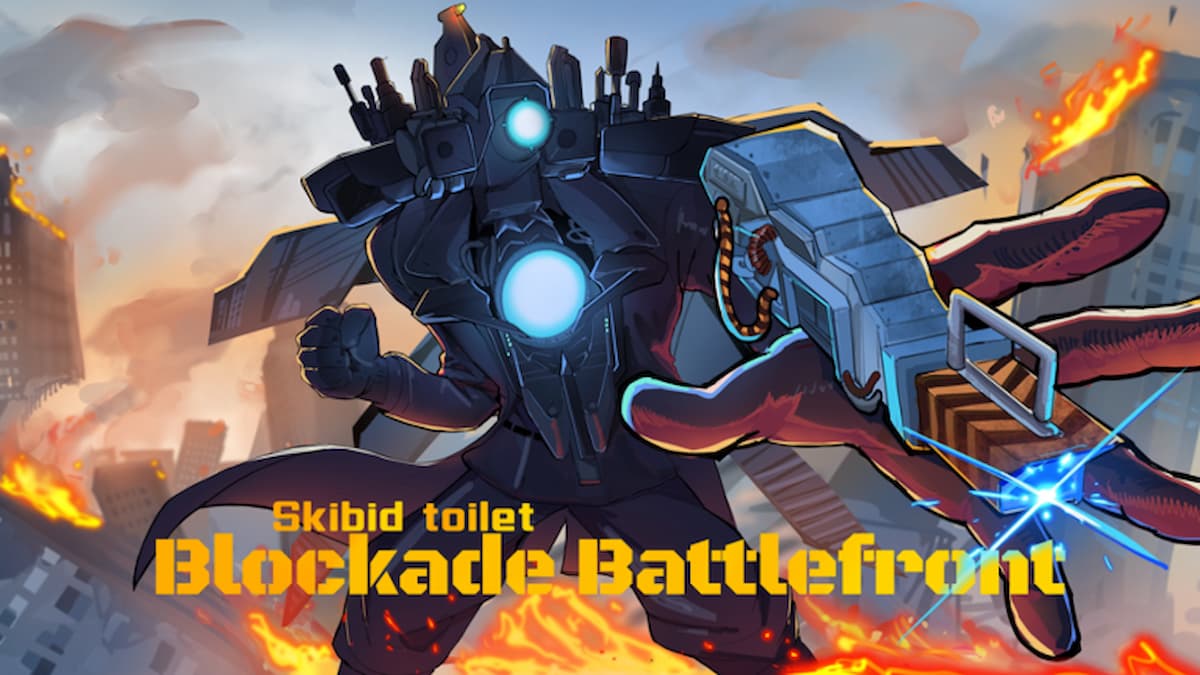
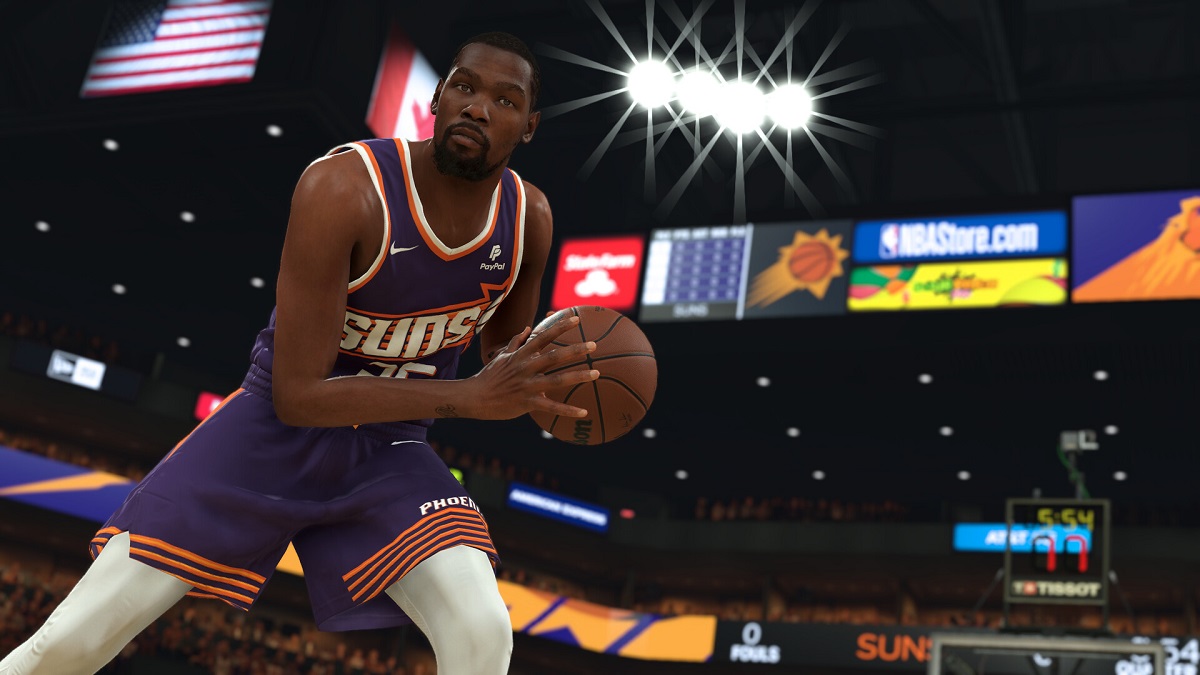
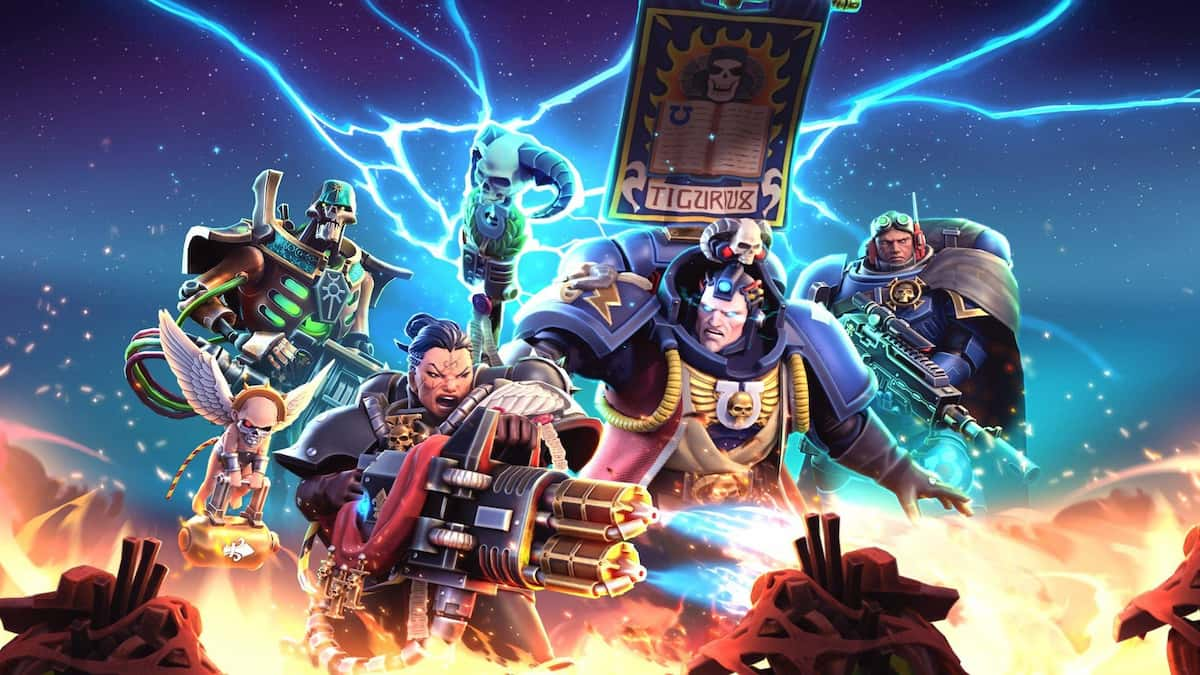
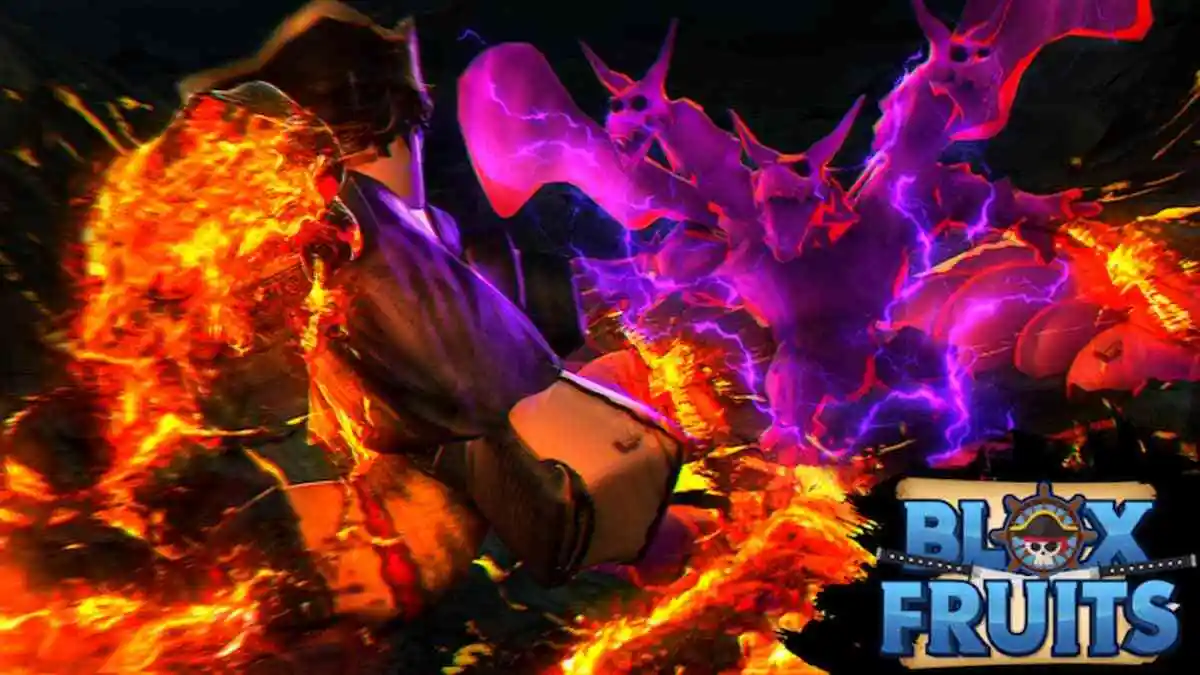

Published: Mar 11, 2019 02:21 pm